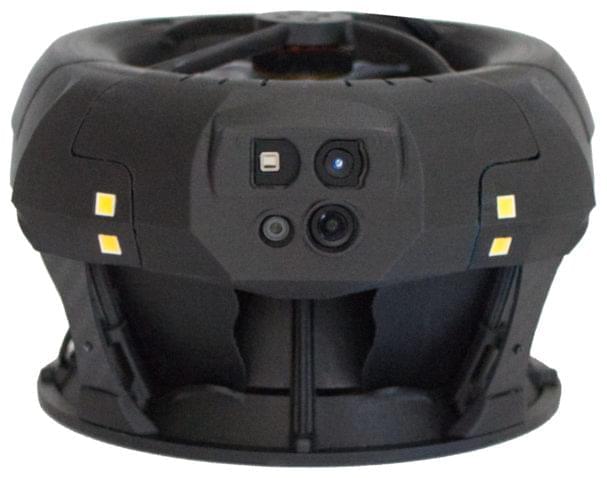
https://youtube.com/watch?v=FmznwhHlCP8
Following last week’s surprise update, Google is back again with the December Feature Drop for Pixel owners. This time around, Google is bringing some Pixel 6-exclusive features to Pixel 4a 5G “or newer” Pixel devices. https://youtu.be/FmznwhHlCP8 These include the all-new Quick Tap to Snap, making it possible for you to quickly access and send Snaps through Snapchat right from the Lock Screen. Going along with the Quick Tap to Snap functionality, Google has introduced an all-new Pixel-exclusive lens called “Pixel Face”. The company claims that “more Pixel-exclusive Lenses” will arrive in future Feature Drops. In addition to the Feature Drop, this update includes the December Android Security Patch, and includes the following versions for these devices: Pixel 3a (XL): SQ1A.211205.008 Pixel 4 (XL): SQ1A.211205.008 Pixel 4a: SQ1A.211205.008 Pixel 4a (5G): SQ1A.211205.008 Pixel 5: SQ1A.211205.008 Pixel 5a (5G): SQ1A.211205.008 Owners of the Pixel 6 and 6 Pro will begin receiving their December updates “next week”. With last week’s update, Google announced compatibility with the Pixel 6 and 6 Pro to enable a digital car key with select BMW models. After being set up, you can simply place your Pixel on the key reader and press the engine start button. But now, Google is activating the Ultra-Wideband chip found in the Pixel 6 Pro to improve functionality. Not only will this make it easier to use your Pixel 6 Pro as a digital car key, but Google also states this will offer improved Nearby Share compatibility. Another new feature arriving for Pixel devices comes via the Sound Amplifier app. With this Feature Drop, Google is adding a new “Conversation Mode” to Pixel devices. This uses on-device Machine Learning to “help anyone who has a hard time hearing in loud environments by tuning out competing noise.” It works by pointing your phone at the person you want to have a conversation with, pinning the person, and then being able to actually enjoy hearing what they have to say. Google states this is a “sneak peek” version of the feature, but we could end up seeing it arrive for more devices in the future. Now Playing is getting an updated experience, as you’ll not only be able to identify the song with your Pixel but there’s a new music note icon next to the track information. When tapping on the music note, you’ll be able to save it as a favorite, while being able to view and search your history, along with the list of favorite songs. Keeping with the music trend, Google is bringing enhanced bass-level controls to the Pixel Buds A-Series. After the update has arrived, you’ll be able to adjust the slider between-1 and +4, which is “twice the bass range you currently have”. As we’ve seen with previous events, Google is adding a few new wallpapers to celebrate the International Day of Persons with Disabilities. In celebration of International Day of Persons with Disabilities, we collaborated with Dana Kearly, a disabled multidisciplinary artist from Vancouver B.C., to create three beautiful new wallpapers for the Curated Culture collection. Last, but certainly not least, Google is bringing car crash detection support to owners of the Pixel 3 or newer in Taiwan, Italy, and France. With this feature, your phone will check with you in the event that you are in a car accident. If you do not respond within the pre-determined amount of time, your Pixel will contact emergency responders and will provide your location.

















